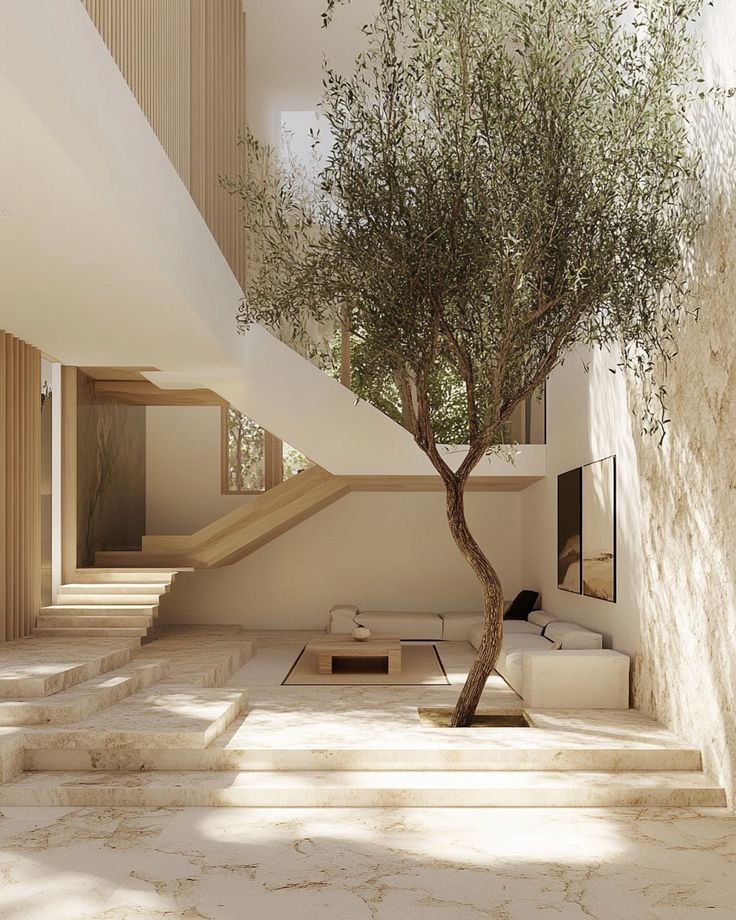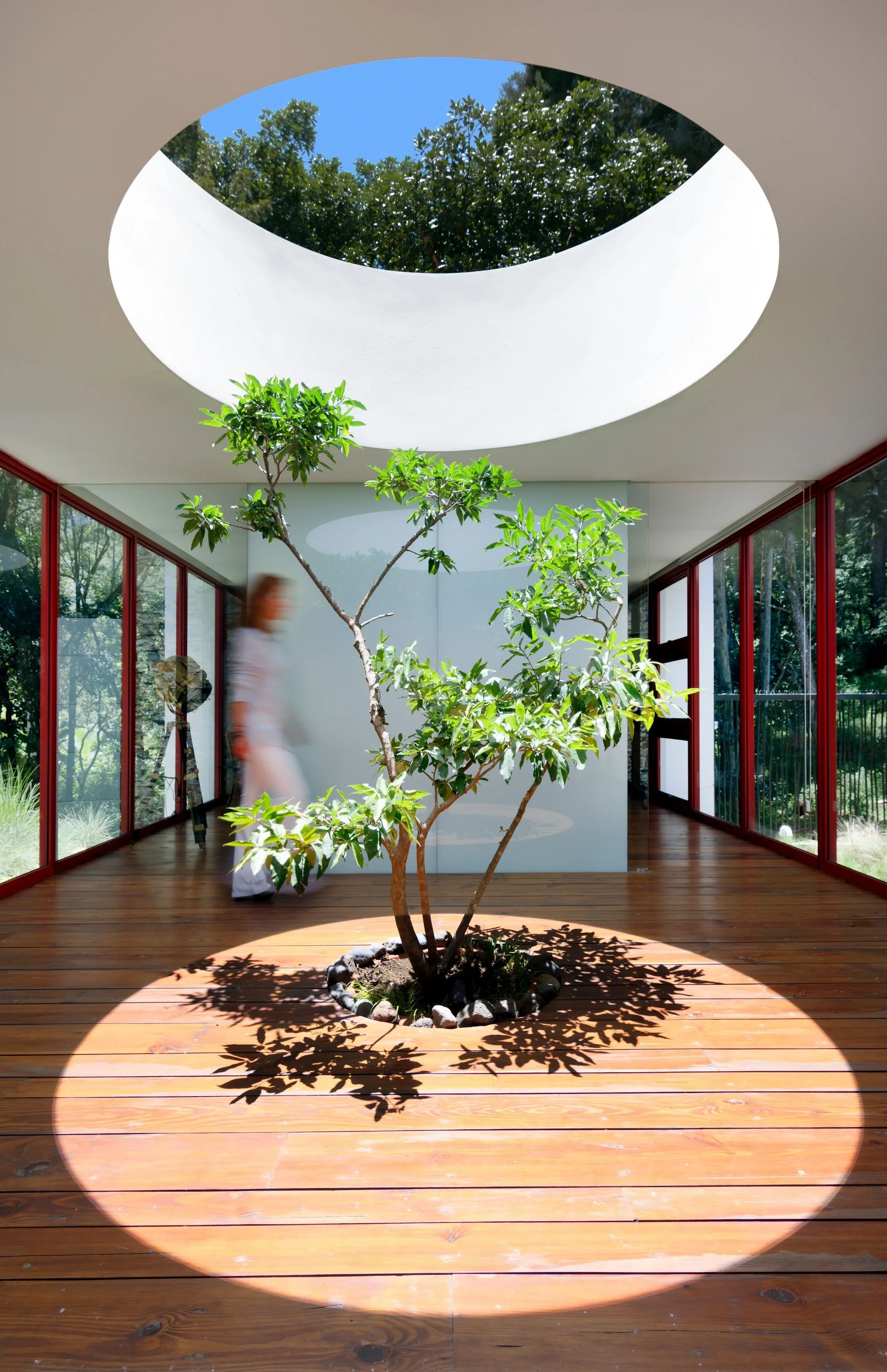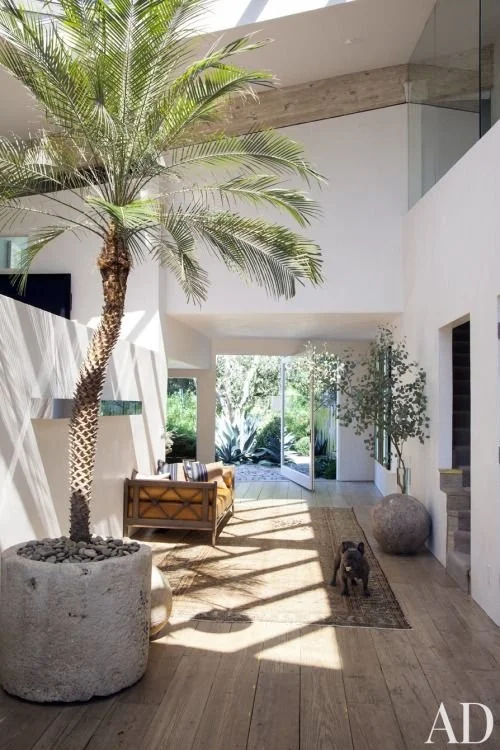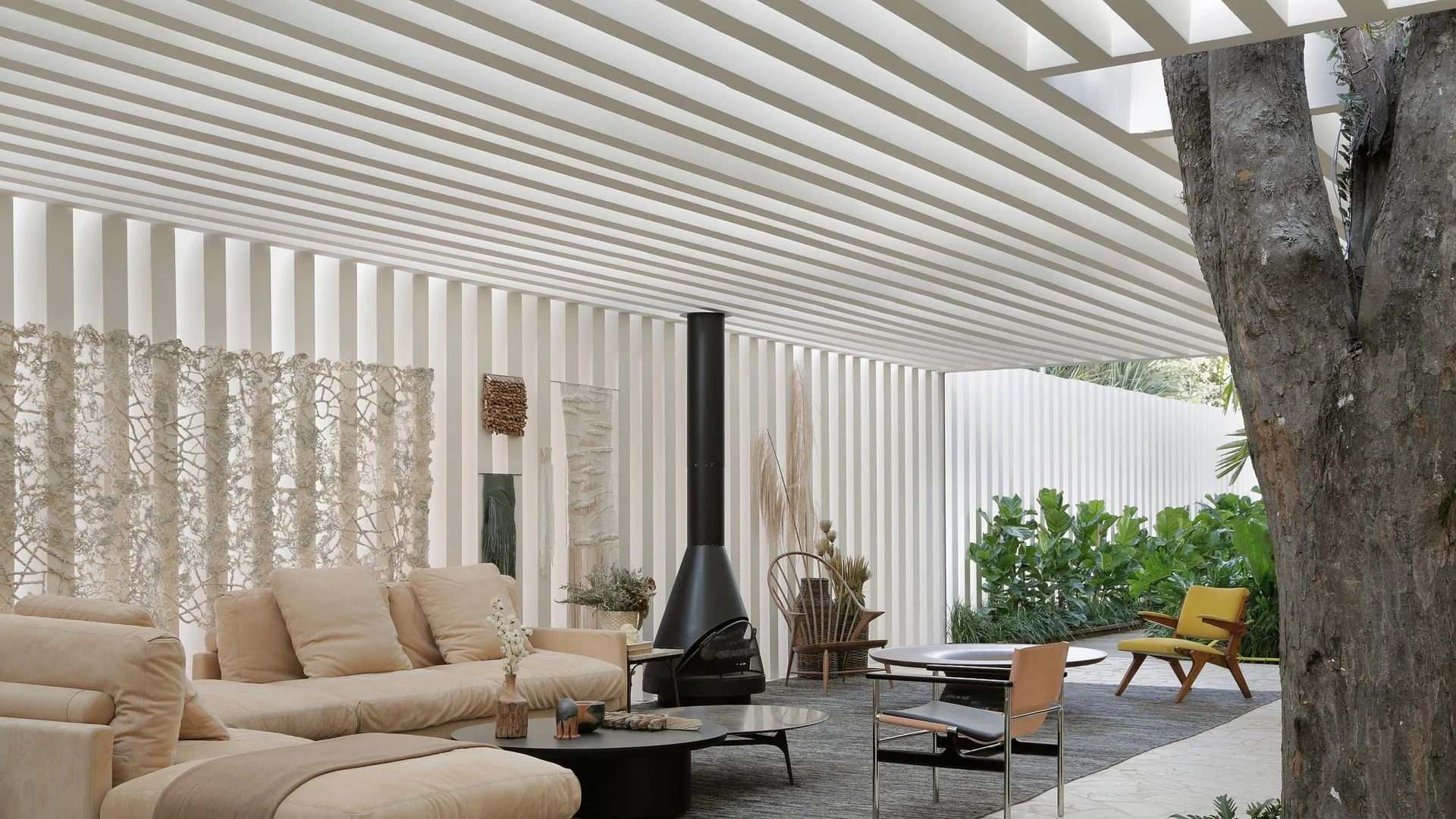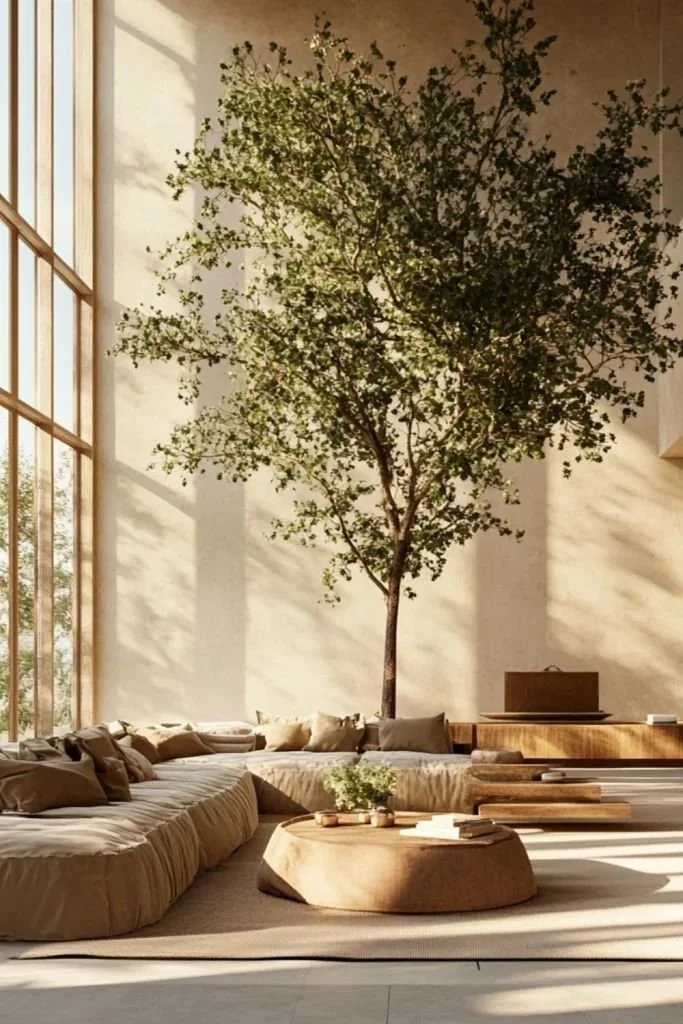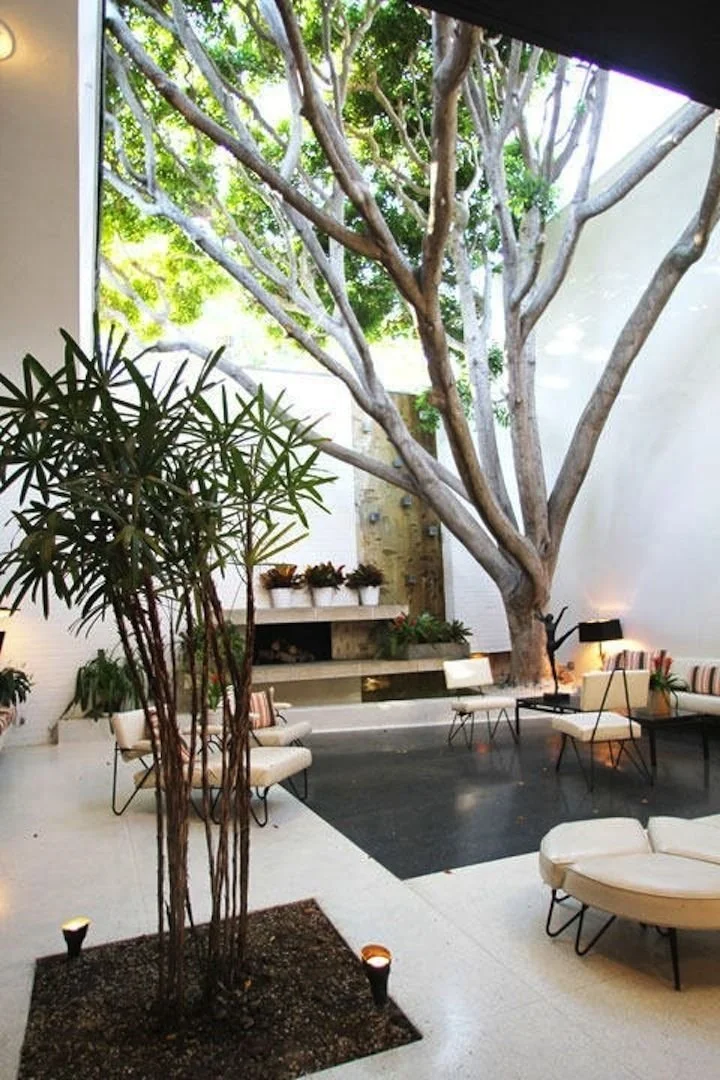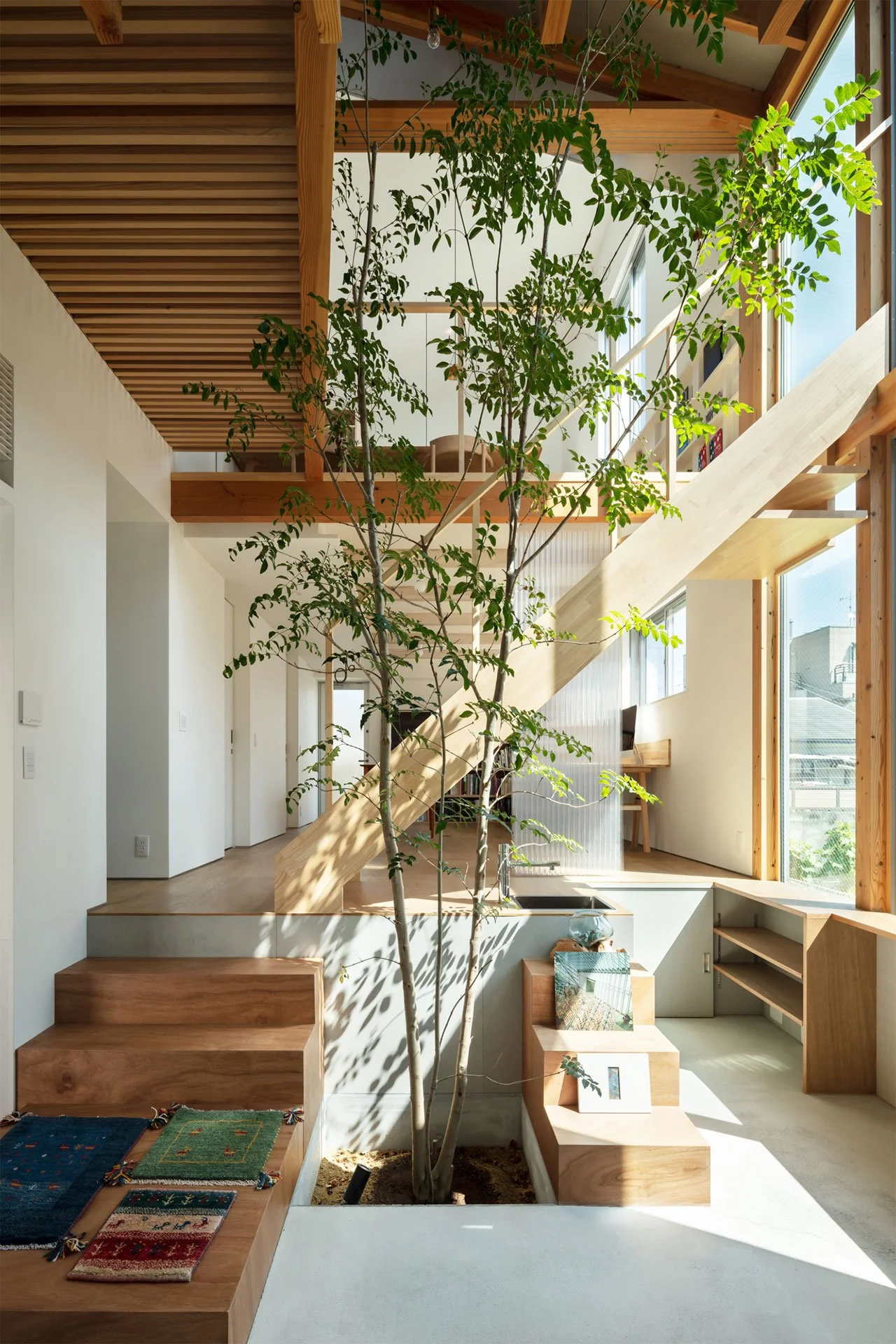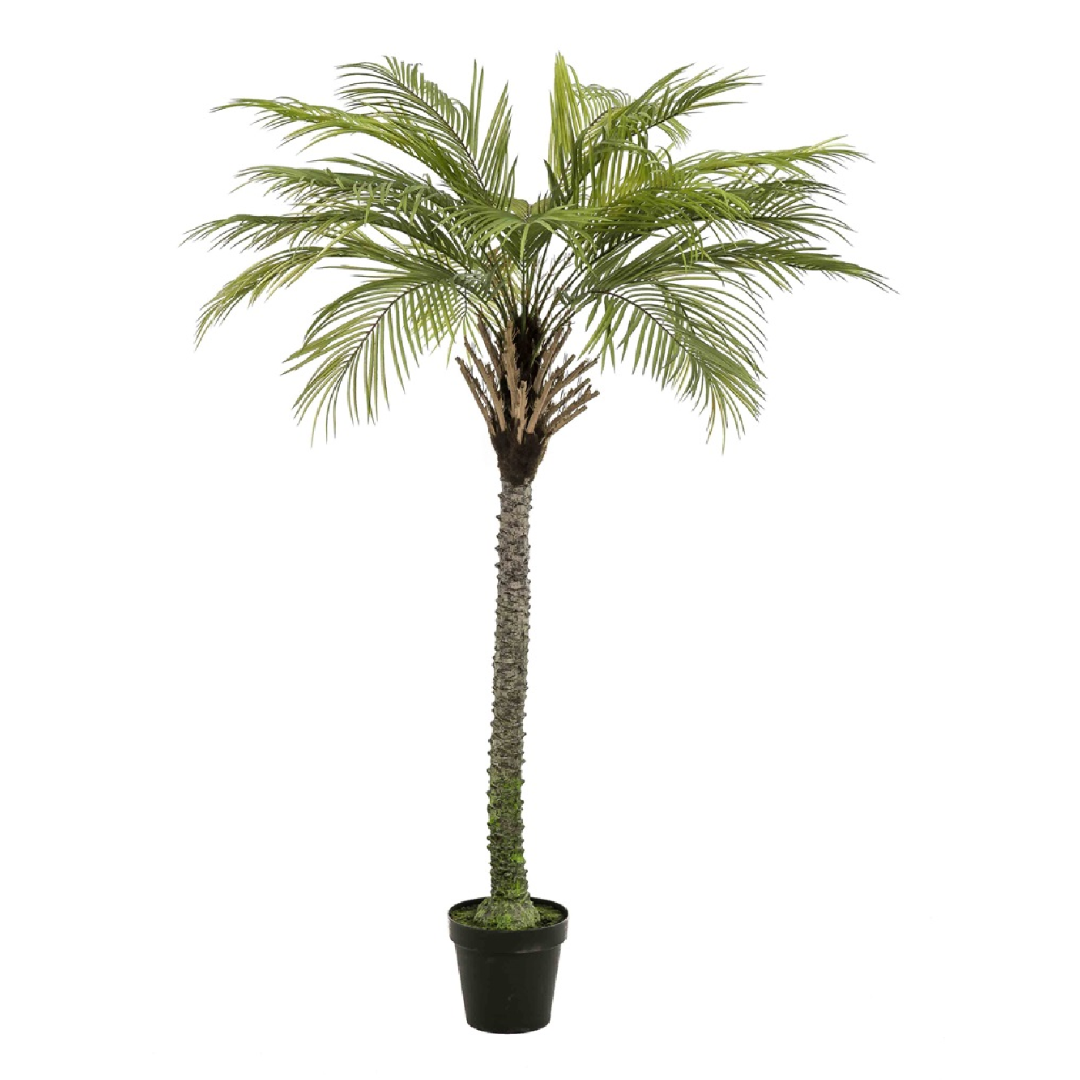BIOPHILIC DESIGN: BRINGING THE OUTDOORS IN
Today’s world is fast-paced and tech-driven, and the need to reconnect with nature has never been more apparent. With more and more people living in cities and spending a majority of time indoors, biophilic design is emerging as a powerful antidote to the stress and sensory overload of modern life. This innovative approach to architecture and interiors seeks to bring the calming, grounding elements of the natural world into our built environments. It’s more than just a trend; it’s a design philosophy with lasting impact.
An Intro to Biophilic Design
The term biophilia was popularized by a biologist in the 1980s and means ‘love of life’ or ‘love of living systems.’ He suggested that humans have an innate desire to connect with nature, an idea that has influenced a growing movement in architecture and interior design, leading to what we now call biophilic design. A concept that aims to strengthen the human-nature connection through thoughtful nature-inspired environments.
Marko Bradich
What Is Biophilic Design?
Biophilic design is the practice of integrating natural elements and systems into buildings and interior spaces. It’s not just about adding houseplants, although that’s part of it. It’s about creating environments that mimic nature’s patterns, rhythms, and sensory experiences to enhance well-being, boost creativity, and reduce stress. From incorporating natural materials to optimizing light and ventilation, the goal is to design with nature, not against it.
Key Characteristics of Biophilic Design
Natural Light + Views - Access to daylight and outdoor views can improve mood, regulate sleep patterns, and increase productivty. Large windows, skylights, and open layouts help maximize light and bring in visual connections to the outside world.
Natural Materials + Textures - Wood, stone, cork, bamboo, rattan, and other organic materials help mimic the look and feel of nature indoors. Even small touches, like a wooden coffee table or jute rug, can make a big impact.
Greenery + Plant Life - Incorporating indoor plants, green walls, and even small herb gardens not only adds beauty but also purifies the air and brings a sense of vitality to the space.
Water Features - Soothing sounds and sights of water, whether from a fountain, aquarium, or small indoor pond, can evoke tranquility and reduce stress.
Nature-Inspired Patterns - Design elements that mimic nature’s forms and patterns like leaf motifs, wave-like curves, or fractals, help create a more harmonious and comforting environment.
Natural Color Palettes - Earth tones, forest greens, ocean blues, and sun-washed neutrals echo the hues found in nature, making spaces feel more grounded and calming.
Fresh Air + Natural Ventilation - Prioritizing good airflow and using non-toxic materials ensures healthier indoor air quality, which is an essential part of feeling comfortable in the environment.
Achieving Biophilic Design
You don’t need a full-scale renovation to incorporate biophilic design into your home or workspace.
Add indoor plants - Start with low-maintenance options like snake plants.
Use Natural Materials - Swap synthetic decor for pieces made from wood, stone, clay, or linen.
Maximize Natural Light - Use mirrors to reflect sunlight and opt for sheer curtains that allow light to filter in.
Incorporate Nature-Inspired Decor - Think botanical prints, nature photography, or artwork featuring landscapes.
Create Sensory Experiences - Use natural fabrics and textured finishes to engage more than the visual senses.
Let Nature Dictate Layout - Arrange furniture to face windows, allow for flow, and avoid clutter to encourage calm and openness.
Casey Dunn
Hiroyuki Oki
Denilson Machado of MCA Estudio
Yohei Sasakura
Final Thoughts
Biophilic design is more than an aesthetic. It’s a lifestyle approach that prioritizes well-being, mindfulness, and our intrinsic connection to nature. Whether you’re designing a home or workspace, incorporating biophilic elements can transform how a space feels and functions. As we continue to seek balance in a digital-heavy world, biophilic design offers a sustainable, soul-soothing path forward.
SHOP THIS POST
Bamboo Palm
Date Tree Set
Potted Phoenix Tree
Large Ficus Altissima
Bird of Paradise
Potted Olive Tree

